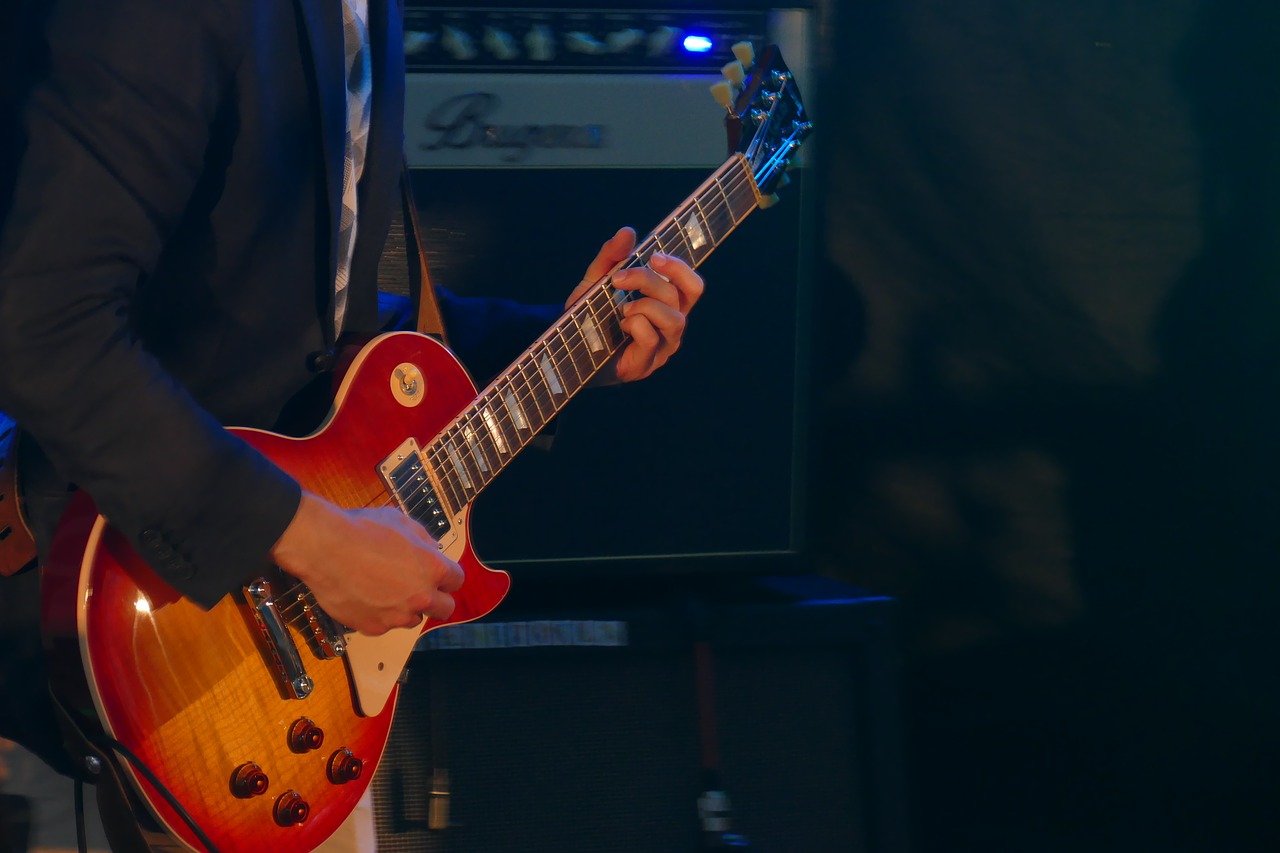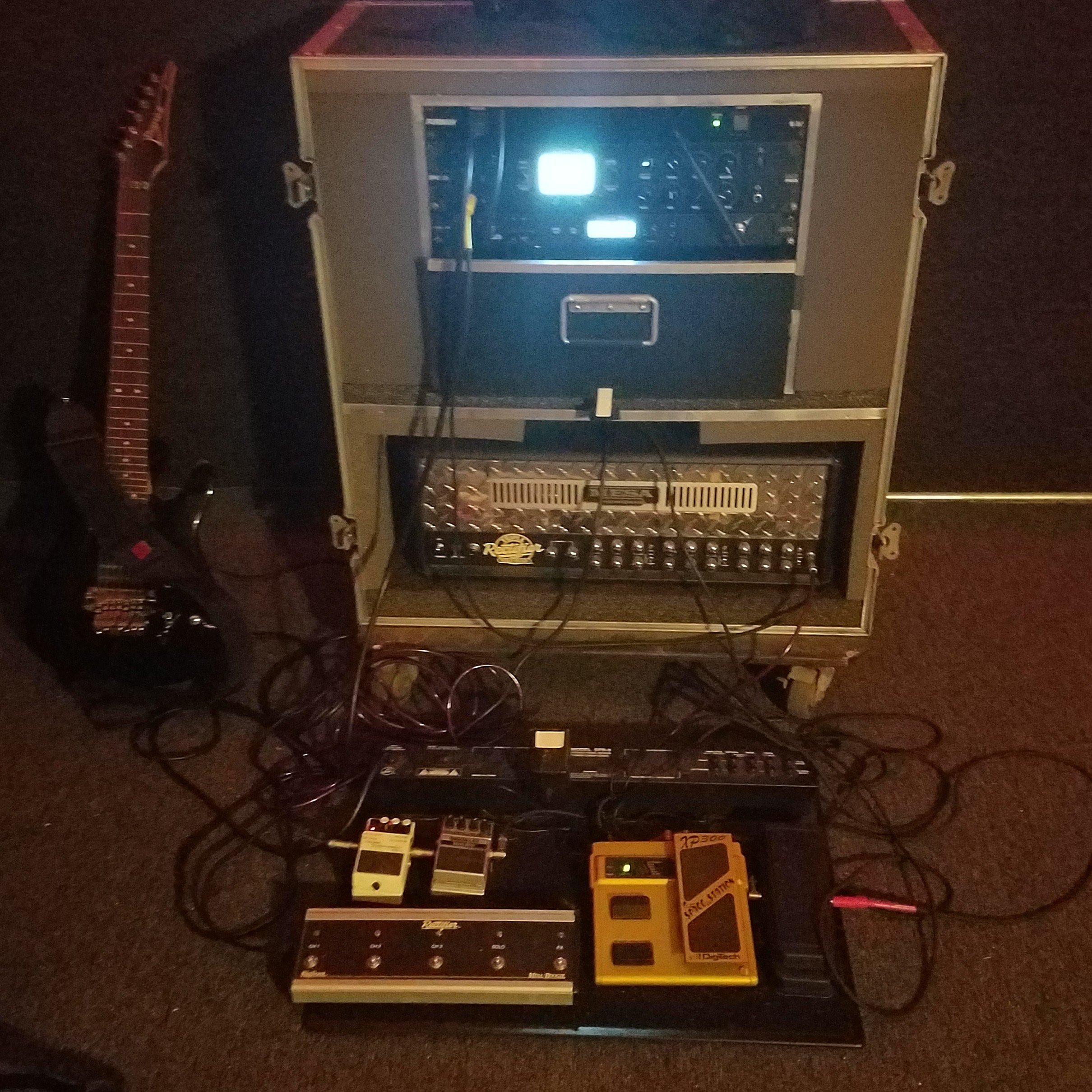


This is especially helpful if Joel is playing a live set and wants to send fully affected guitar to front of house for the live show but also wants a dry feed for re-amping once the show is finished. He doesn't have to choose between one or the other.

This means Joel can get a dry guitar signal (for re-amping) and at the same time play through his effects. This input sends to a tuner out, a send to his first dry effect and most importantly straight back out to the sound desk for re-amping. To do this on Joel's junction box we gave him a normal buffered guitar input (which sends to the rest of his pedalboard effects). Step 1: Recording Dry GuitarĪs mentioned, step 1 in re-amping is recording a dry guitar signal. Now that you know a bit more about what Joel needs from his rig, I can explain how we worked with him to get an incredible re-amp pedalboard up and running. The guitar player can do one take and the recording engineer / producer can dial in the sound in any number of combinations without having to pick up the guitar. Once this original take is done it can be played through any number of effects, amps, patches, plugins etc. It is mainly a technique used in studio where a guitar player will do one guitar take and instead of recording the entire effects chain (overdrives, fuzz, modulation, delay, reverb) and mic'ing up an amp, the recording engineer will actually record the dry guitar straight into the desk. Joel does a lot of studio work and often requires re-amp capabilities.įor those of you that don't know what re-amping is, you're not alone. We recently finished a Custom Setup and Custom Junction for Joel. Ac/el (acoustic/electric interface) - custom junction.Isolator (dry amp output) - custom junction.With some creative usage, it is entirely possible that Guitar Rig could end up being just as ubiquitous as those other multi-amp sound generating packages.
Guitar rig stereo software#
Windows based guitar rig software may have more potential if more serious guitar sound users can find a way to bring the powerful multi-effect processing of Native Instruments to their personal computer. Guitar Rig is considered by many, to be the superior program for arranging, sequencing, and playing synthesizer based guitar solo tracks. Although both have been available for a long time, there is no direct analog to the Kontakt interface.

While Guitar Rig and Native Instruments Kontakt do share certain similarities, they are two distinct programs that perform distinctly different tasks. The fact that both Native Instruments Kontakt and Guitar Rig have become staples of the musician's computer audio workstation indicate that there is money to be made when designing home recordings that include guitar sounds. This experimentation, however, must begin with the right guitar effects plugins. Although it is not quite possible to produce a live sound effect, the potential for musical experimentation is still very real. It's possible to use Guitar Rig and Native Instruments Kontakt to create a guitar solo or arrange a band's drum music. What seems at first glance to be an incompatible blend of digital audio hardware and computer sound processing may, in actuality, pave the way for a new dawn in computer DIY sound design. Windows based rigs, however, have yet to catch on, but that may be changing. In fact, guitar rig has become a feature of many popular sound editing and recording packages for use with computers. Like so many of the popular hardware predecessors from years before its creation, Guitar Rig has grown into a solid staple of digital-based multi-effect processing software. Guitar Rig is a famous multi-effects processor.


 0 kommentar(er)
0 kommentar(er)
